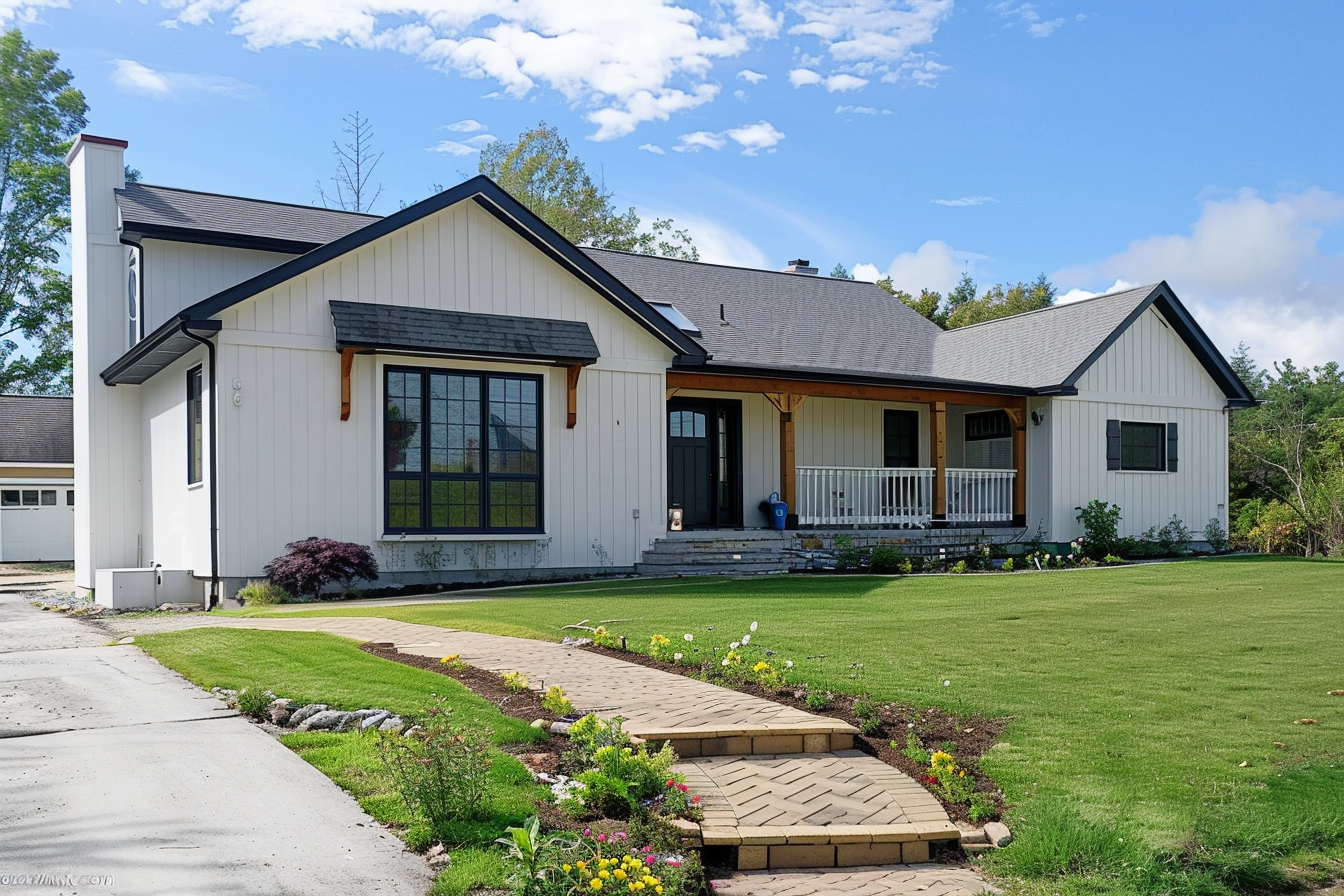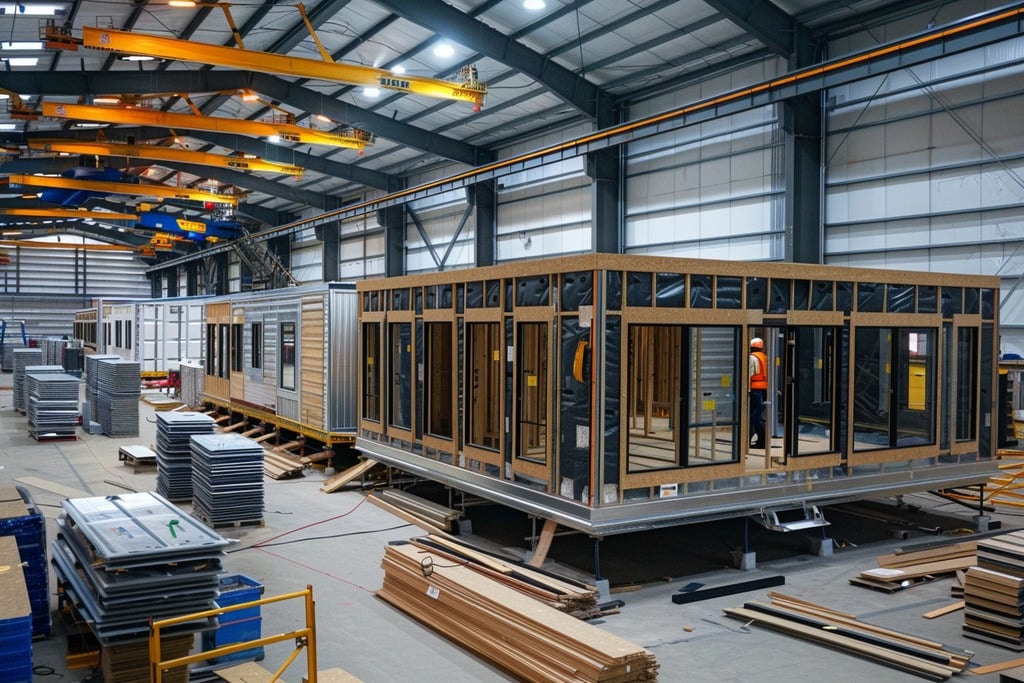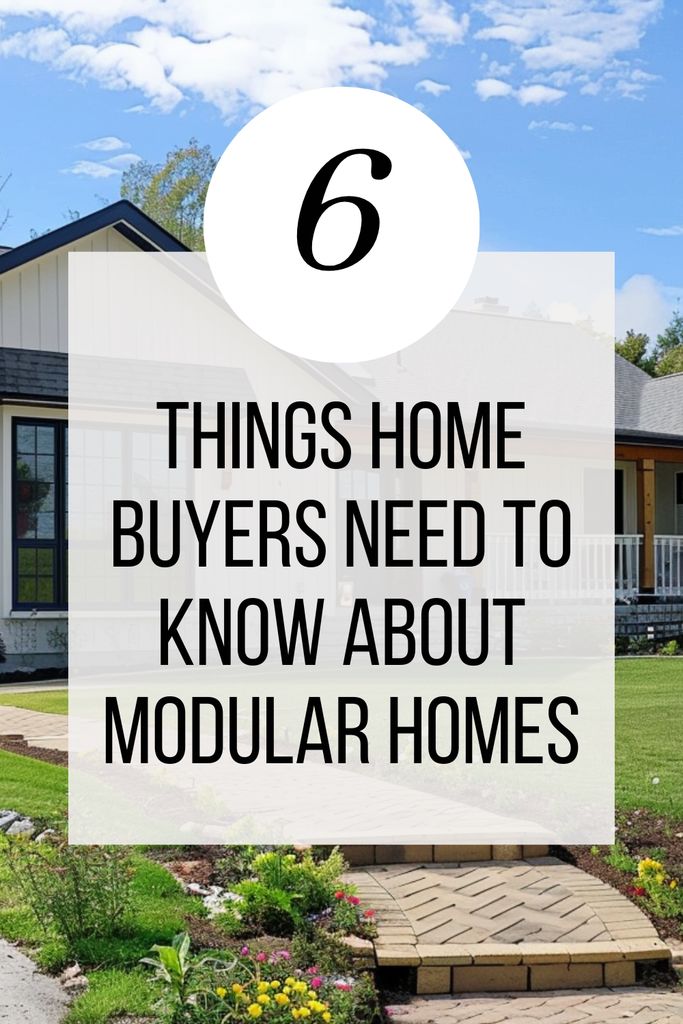The journey to homeownership introduces a variety of choices, one of which is the decision between a modular home and its stick-built counterpart. Modular homes, often celebrated for their innovation and efficiency, offer a modern take on home construction. However, potential buyers may find themselves tangled in misconceptions or lacking critical information about these unique properties. This blog dives into six essential aspects of modular homes, aiming to equip home buyers with the knowledge needed to make informed decisions.
1. Construction and Design
Modular homes are built in sections or modules in a factory setting, away from the final home site. This controlled environment allows for construction to proceed regardless of weather conditions, ensuring a higher level of precision and quality control. These modules are then transported to the home site, where they are assembled on a permanent foundation by local contractors. This method contrasts with stick-built homes, which are constructed entirely on-site.
The design possibilities of modular homes are vast, challenging the outdated notion that they lack individuality. Modern modular homes can be customized to a great extent, offering a range of styles, floor plans, and finishes. Buyers can choose from ranch-style homes, two-story models, or even intricate designs that include multiple modules.
2. Financing
Financing a modular home is somewhat similar to financing a traditional stick-built home, but there are nuances that buyers should be aware of. Most banks and lenders offer loans for modular homes, but it’s crucial to work with a financial institution familiar with the modular building process. The loan might be a construction-to-permanent loan, which covers the cost of the land (if not already owned), the construction of the home, and then converts into a traditional mortgage once the home is completed and inspected.
3. Advantages and Disadvantages
Advantages:
- Efficiency: Modular homes are built quickly, often within weeks in the factory, reducing the overall timeline from start to finish.
- Quality Control: The factory setting allows for closer supervision of the construction process, resulting in consistent quality.
- Environmentally Friendly: Less waste is generated during construction, and the homes are often more energy-efficient.
Disadvantages:
- Zoning Restrictions: Some areas may have zoning laws that restrict modular homes.
- Perception: Despite their quality and durability, some may perceive modular homes as inferior to traditional homes, which can affect resale value.
4. Durability and Weather Resistance
Modular homes are designed to be as durable as, if not more so than, traditional homes. They must adhere to the same local building codes and standards. Furthermore, because modules are transported to the site, they are built to withstand travel, meaning they often have a robust structure that can handle extreme weather conditions well. However, like any home, the specific durability and weather resistance will depend on the construction quality, materials used, and maintenance.
5. Purchasing Process Differences
The process of purchasing a modular home differs slightly from buying a stick-built home. For one, buyers need to secure a piece of land before the home can be ordered, unless they are purchasing a modular home already situated on a plot. The buyer also needs to ensure that local zoning laws permit modular homes. Additionally, the timeline from purchase to move-in can be shorter for modular homes, given the quicker construction times. However, buyers must be prepared for the additional step of selecting a manufacturer and possibly dealing with multiple contractors for site preparation, foundation construction, and module assembly.
6. Long-Term Investment and Resale Value
The perception of modular homes has significantly improved over the years, and as a result, their resale value has become more competitive with stick-built homes. However, the resale value can be influenced by various factors, including the home’s location, maintenance, and upgrades, as well as market trends and buyer perceptions. As modular homes continue to rise in popularity and acceptance, their position as a wise long-term investment strengthens.
Conclusion
Modular homes present an attractive option for many homebuyers, offering efficiency, customization, and quality. However, understanding the nuances of their construction, financing, and overall process is crucial for making an informed decision. By considering these six essential aspects, buyers can better navigate the landscape of modular homeownership, ensuring their journey is as smooth and rewarding as possible. Whether attracted by the innovative construction method or the potential for a quicker move-in date, buyers should weigh the pros and cons to determine if a modular home is the right fit for their needs and lifestyle.






